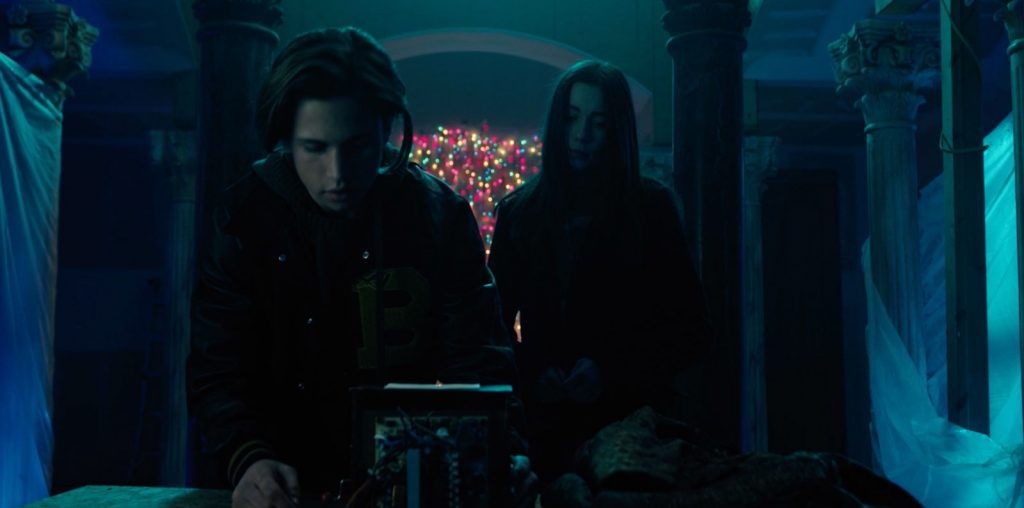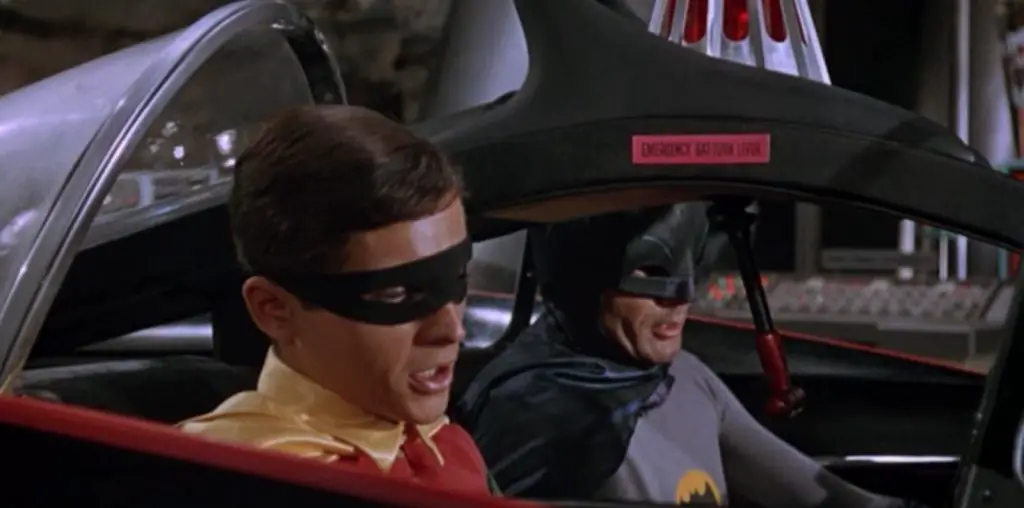
It’s always nice to see a Hollywood studio pay proper respect to their classics, rather than throw bare-bones releases, or discs full of fluff, onto shelves. Warner Bros. did an excellent job with their four-disc release of “Ben-Hur” last year, and now they’ve come back with a solid three-disc edition of “The Maltese Falcon” that should satisfy fans of this film.
I typically skip the plot recitation for movies like this one and move on to the supplements. If you haven’t seen “The Maltese Falcon” yet, get thee to a video store. At the very least, there’s a bare-bones edition from 2000 that should be floating around. Check it out and come back to join us.
In addition to the movie, which Warner Bros. did a great job cleaning up, disc one includes a commentary from Eric Lax, who wrote a biography on Humphrey Bogart, along with a theatrical trailer and Warner Night at the Movies 1941, which attempts to recreate what audiences typically experienced in a theater during the year this film came out. It features a vintage newsreel, a musical short called “The Gay Parisian” (quit snickering; it’s 20 minutes of ballet set to—okay, go ahead and chortle), a trailer for another 1941 release (“Sergeant York”), and a pair of cartoons: Bugs Bunny in “Hiawatha’s Rabbit Hunt” and Porky Pig in “Meet John Doughboy.”
It’s a nice trip into the past for those of us who have never experienced anything other than a film, preceded by a bunch of trailers for other films and some crappy commercials, during a trip to the movies. Once upon a time, seeing a movie was an event, one that was important during a pre-television era in which the theaters needed to inform as well as entertain.
As you might expect, Lax’s commentary adopts an academic tone, going over the careers of director John Huston, Bogart, and others, as well as discussing the film’s genesis in Dashiell Hammett’s famous novel, among other topics. He sounds like he’s reading from a prepared script, which makes him sound a bit dull at times but also ensures that there’s little dead air. It’s definitely worth listening to for fans of the film, as well as anyone who enjoys learning about movie history.
While all of that might have been enough for most studios, Warner Bros. went the extra mile by including two previous adaptations of Hammett’s book: the 1931 version of “The Maltese Falcon” and “Satan Met a Lady,” from 1936. The former plays it straight. It’s an interesting chance to compare and contrast how the same basic story can come across so differently: director Roy Del Ruth misses the hard-boiled edge that Huston emphasized, and lead Ricardo Cortez comes across like a lawyer or businessman, rather than a tough-guy detective. As a result, while the plots are largely similar, save the ending, the 1931 version simply lacks the special ingredients that made the 1941 version a classic.
“Satan Met a Lady,” however, is even more forgettable. Not only does it adopt a comedic tone, but it changes the black bird to the Horn of Roland and swaps the grizzled Sam Spade for the smarmy Ted Shayne. It also deviates quite a bit from the basic story of Hammett’s book. The theatrical trailer for this version is also included.
Disc three contains the rest of the supplements for the 1941 version of the film, starting with the 32-minute documentary, “The Maltese Falcon: One Magnificent Bird.” Comments from a wide variety of folks are presented here, from punk rocker Henry Rollins to actor/director Peter Bogdanovich to actor James Cromwell to comic book artist/writer Frank Miller to Hammett’s granddaughter. It’s a shame it’s not longer, since it covers a wide swath of territory that includes Hammett’s life, Huston and Bogart’s careers, and the movie’s legacy. But that’s a minor quibble, given the wealth of materials offered here.
The final platter also serves up the 45-minute “Becoming Attractions: The Trailers of Humphrey Bogart,” which is hosted by Robert Osborne and was originally shown on TCM. It’s an interesting way to look at how Bogart was promoted within his movies’ trailers, which used to be shown after the main attraction, not before it (hence the name). Within just a few years, he went from an actor known for playing heavies to a leading man admired by millions of Americans, and the tone of his film trailers reflected that change.
However, the 13-minute “Breakdowns of 1941” includes something 1940s audiences would have never seen: their favorite actors screwing up their lines, breaking the scenery, and letting out a stream of obscenities over their mistakes. Given that most of the blooper stuff we’ve seen over the years features contemporary actors, it’s fun to see how often stars of yesteryear made a mess of their scenes.
Finally, we have one minute of silent makeup tests from “The Maltese Falcon,” along with three radio adaptations of the movie, two from 1943 and one from 1946. The original cast appears in two of them. They’re yet another reminder of how people got their entertainment 60-plus years ago. Yeah, I’ll take my 100 channels of satellite TV too.

